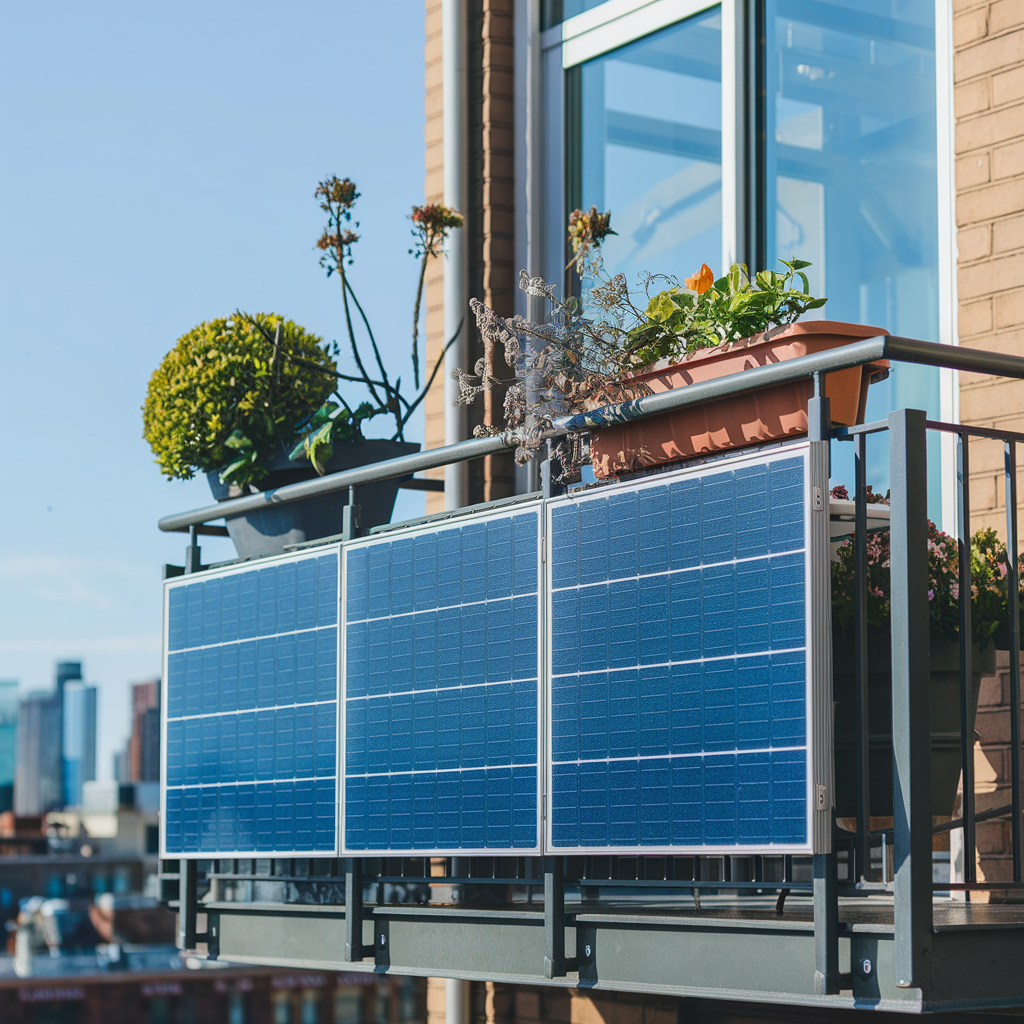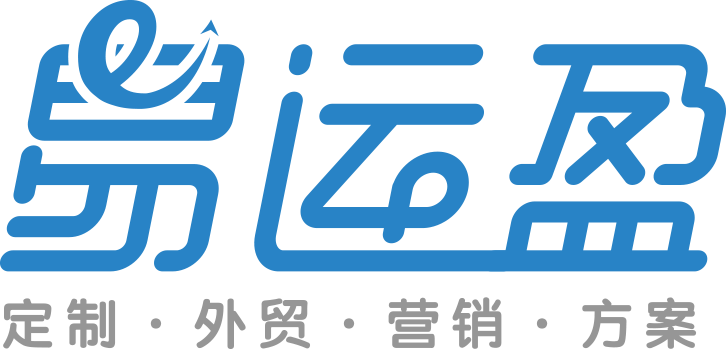With rising energy costs and increased demand for renewable energy solutions, Balcony Energy Storage Systems have become an attractive option for both businesses and homeowners. However, one of the most critical factors in deciding whether to invest in such systems is understanding the payback period—the time it takes for the savings generated by the system to offset the initial investment.
This article will provide a step-by-step guide on how to calculate the payback period of a Balcony Energy Storage System, taking into account factors like electricity bill savings, government incentives, equipment costs, and ongoing maintenance. We will also use a real-world example to illustrate these calculations, helping you make an informed decision about your energy investment.
1. What Is the Payback Period and Why Does It Matter?
The payback period is a financial metric that measures how long it takes for an investment to “pay for itself” through savings or revenue. For a Balcony Energy Storage System, the payback period is the time it takes for the cost savings on your energy bills (along with any other financial benefits like incentives) to equal the system’s upfront and ongoing costs.
1.1 Why Is It Important?
- Investment Justification: Understanding the payback period helps you determine whether the system is a sound financial investment.
- Cash Flow Management: For businesses, knowing when to expect returns helps with managing long-term cash flow.
- Energy Independence: A shorter payback period means you start benefiting financially from your energy independence sooner.
- Sustainability Goals: Many companies and homeowners invest in energy storage systems as part of broader sustainability initiatives, but knowing the financial return can be an added incentive.

2. Factors Affecting the Payback Period
Several factors influence the payback period of a Balcony Energy Storage System. Understanding these variables is crucial for making accurate calculations.
2.1 Initial Cost of the System
The upfront cost of a Balcony Energy Storage System includes the price of the batteries, inverter, control systems, and installation. Depending on the system’s capacity and technology, costs can vary significantly.
- Battery Type: Lithium-ion batteries are more expensive but have a longer lifespan compared to lead-acid batteries.
- System Size: Larger systems with more battery capacity will naturally cost more but may generate more savings over time.
- Installation Costs: These can vary based on the complexity of the installation and local labor rates.
2.2 Electricity Savings
The primary financial benefit of a Balcony Energy Storage System comes from the savings on your electricity bill. By storing excess energy generated by solar panels or using cheaper off-peak grid electricity, you can reduce your reliance on expensive peak-hour energy.
Key Aspects of Electricity Savings:
- Peak vs. Off-Peak Pricing: Energy storage systems allow you to shift your energy usage from expensive peak hours to cheaper off-peak times.
- Self-Consumption: If your system is combined with solar panels, you can store excess solar energy during the day and use it at night, reducing your dependence on the grid.
- Demand Charges: For businesses, demand charges—fees based on the highest amount of power drawn during a billing cycle—can be reduced by using stored energy during periods of high demand.
2.3 Government Incentives and Rebates
Governments often provide subsidies, tax credits, or rebates for installing renewable energy systems, including energy storage. These incentives can significantly reduce the upfront cost of the system, shortening the payback period.
Common Types of Incentives:
- Federal Tax Credits: Some countries offer tax credits for the installation of renewable energy and storage systems.
- Local Incentives: Depending on your location, you may also be eligible for state or municipal rebates.
- Feed-in Tariffs: In some regions, you can sell excess electricity back to the grid, generating additional income.
2.4 Maintenance Costs
While Balcony Energy Storage Systems are relatively low-maintenance, there are still some ongoing costs to consider, such as:
- Battery Replacement: Batteries degrade over time and may need to be replaced after several years, depending on their lifespan.
- System Inspections: Regular check-ups and inspections help to ensure the system remains efficient and safe.
- Cleaning: If the system is integrated with solar panels, periodic panel cleaning may be required to maintain energy generation efficiency.
3. Step-by-Step Process to Calculate the Payback Period
Let’s now go through the steps to calculate the payback period for a Balcony Energy Storage System. We’ll use a practical example to make these calculations clearer.
3.1 Step 1: Calculate the Total Initial Investment
The first step is to determine the total initial investment, which includes all costs associated with purchasing and installing the system.
Example: Initial Costs for a 10 kWh System
| Item | Cost (USD) |
|---|---|
| Battery (10 kWh Lithium-ion) | $6,000 |
| Inverter and Control System | $2,000 |
| Installation and Labor | $1,500 |
| Total Initial Investment | $9,500 |
3.2 Step 2: Estimate Annual Electricity Savings
Next, calculate the annual electricity savings. This will depend on your current energy consumption, the system’s capacity, and local electricity rates.
Example: Annual Savings Estimate
- Annual energy usage: 10,000 kWh
- System offsets 60% of total usage: 6,000 kWh
- Electricity rate: $0.15 per kWh
Annual savings = 6,000 kWh × $0.15 = $900
3.3 Step 3: Factor in Government Incentives
If you are eligible for government incentives, deduct them from the initial investment. For this example, let’s assume a 30% federal tax credit.
Example: Incentive Calculation
- Federal tax credit: 30% of $9,500 = $2,850
Thus, the net initial investment = $9,500 − $2,850 = $6,650
3.4 Step 4: Consider Ongoing Maintenance Costs
Maintenance costs, while relatively low, still need to be factored into your annual savings. Let’s assume annual maintenance costs of $150 for routine inspections and cleaning.
Example: Annual Maintenance Cost
- Annual maintenance costs: $150
- Net annual savings after maintenance = $900 − $150 = $750
3.5 Step 5: Calculate the Payback Period
Finally, divide the net initial investment by the net annual savings to determine the payback period.
Example: Payback Period Calculation
- Net initial investment: $6,650
- Net annual savings: $750
Payback period = $6,650 ÷ $750 = 8.87 years
4. Real-World Example: Payback Period for a Small Business
To illustrate further, let’s look at a real-world example of a small business that installed a 20 kWh Balcony Energy Storage System integrated with solar panels.
4.1 Initial Investment
| Item | Cost (USD) |
|---|---|
| Battery (20 kWh Lithium-ion) | $12,000 |
| Inverter and Control System | $3,000 |
| Installation and Labor | $2,000 |
| Total Initial Investment | $17,000 |
4.2 Annual Savings
- Annual energy usage: 20,000 kWh
- System offsets 70% of total usage: 14,000 kWh
- Electricity rate: $0.18 per kWh
Annual savings = 14,000 kWh × $0.18 = $2,520
4.3 Government Incentives
Let’s say the business qualifies for a 25% tax rebate.
- Tax rebate: 25% of $17,000 = $4,250
Thus, the net initial investment = $17,000 − $4,250 = $12,750
4.4 Maintenance Costs
The business expects annual maintenance costs of $300.
- Net annual savings after maintenance = $2,520 − $300 = $2,220
4.5 Payback Period Calculation
- Net initial investment: $12,750
- Net annual savings: $2,220
Payback period = $12,750 ÷ $2,220 = 5.74 years

5. Additional Factors to Consider
5.1 Battery Lifespan
Since batteries degrade over time, it’s essential to consider the lifespan of your system’s battery. If the battery needs to be replaced before the payback period is reached, this will extend the payback period.
For example, if your battery lasts 10 years but your payback period is 12 years, you will need to factor in the cost of battery replacement in your calculations.
5.2 Rising Energy Costs
One factor that can shorten the payback period is the rising cost of electricity. If energy prices continue to climb, your savings from the system will increase, reducing the time it takes to recoup your investment.
5.3 Feed-in Tariffs
In some regions, you can sell excess energy back to the grid at a set price. If this option is available, it can generate additional revenue, further reducing the payback period.
6. Summary: Making a Rational Investment Decision
Calculating the payback period for a Balcony Energy Storage System is a crucial step in evaluating whether the investment makes sense for your business or home. By considering the initial costs, ongoing savings, government incentives, and maintenance expenses, you can determine how long it will take for your system to pay for itself.
Key Takeaways:
- Initial Costs: The upfront investment includes the cost of batteries, inverters, and installation.
- Annual Savings: Savings come primarily from reduced electricity bills and possibly reduced demand charges.
- Government Incentives: Tax credits, rebates, and other financial incentives can significantly reduce the upfront cost.
- Maintenance Costs: While relatively low, maintenance costs should be factored into your calculations.
- Payback Period: By dividing the net initial investment by the net annual savings, you can determine how long it will take to recoup your investment.
For most businesses and homeowners, investing in a Balcony Energy Storage System leads to long-term savings, energy independence, and a reduced carbon footprint—all while offering a reasonable payback period.





